New York City is dealing with one of the most serious Legionnaires’ disease outbreaks in recent years, centered in Central Harlem. More than 110 people have been sickened, with at least six deaths confirmed, sparking a wave of health investigations, lawsuits, and calls for tougher regulations.
How the Outbreak Unfolded
The first cases appeared in late July, quickly escalating into a major public health concern. Investigations traced the bacteria to contaminated cooling towers in multiple buildings, including health facilities and a public hospital. All affected towers were promptly cleaned and disinfected, and officials say new cases are now slowing.
Pinpointing the Source
Scientists are conducting DNA sequencing to link the bacteria found in cooling towers with samples taken from patients. This process will help confirm the exact origin of the outbreak and determine whether it stemmed from a single source or multiple problem sites.
Legal Action Begins
Two construction workers who fell ill have already filed lawsuits against their employers and the city. Their attorneys argue that negligence in stormwater handling and tower maintenance led to preventable illnesses and deaths. Prominent civil rights leaders have also weighed in, labeling the outbreak a “man-made disaster.”
Push for Tougher Regulations
City officials are now moving to tighten rules on cooling tower maintenance. Proposed measures include more frequent testing, mandatory use of certified laboratories, stricter reporting requirements, and steeper fines for violations. These regulations are expected to take effect in the coming year.
Why It Matters
Legionnaires’ disease is not contagious but spreads through inhaling water droplets contaminated with Legionella bacteria. Older adults, smokers, and those with weakened immune systems face the highest risks. The Harlem outbreak highlights how lapses in oversight can quickly spiral into a public health crisis, underscoring the importance of infrastructure safety, accountability, and consistent inspections.

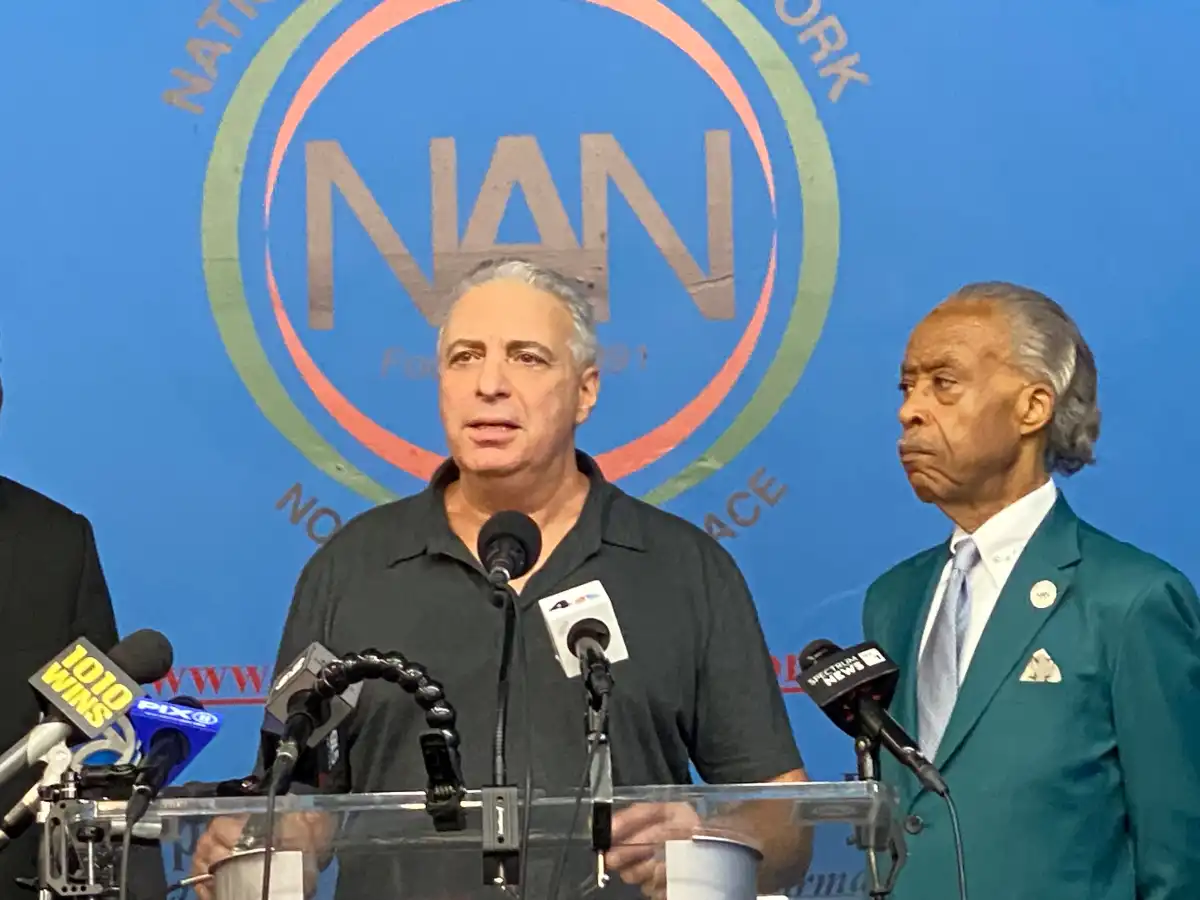


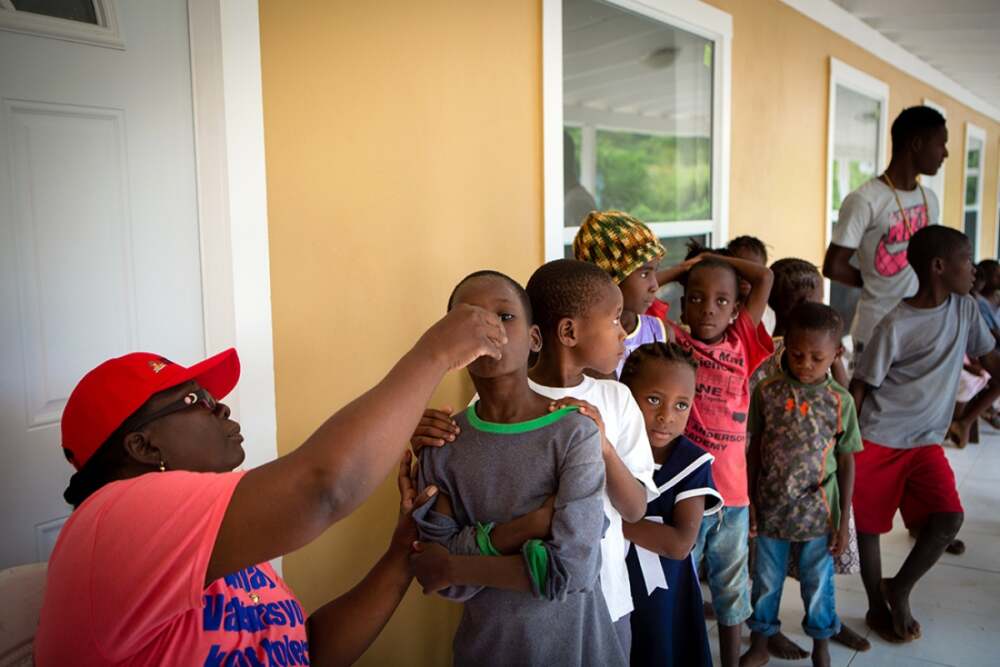

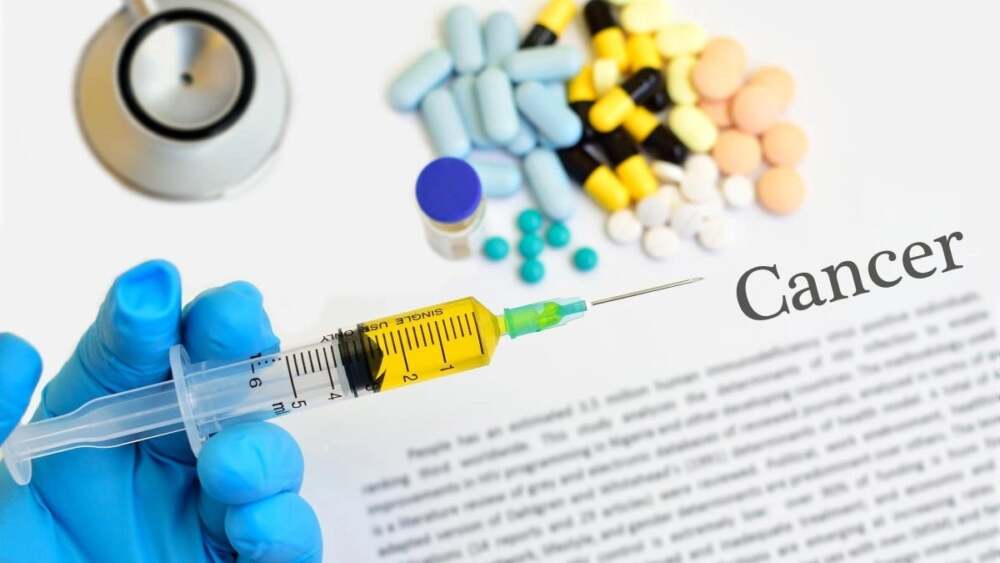


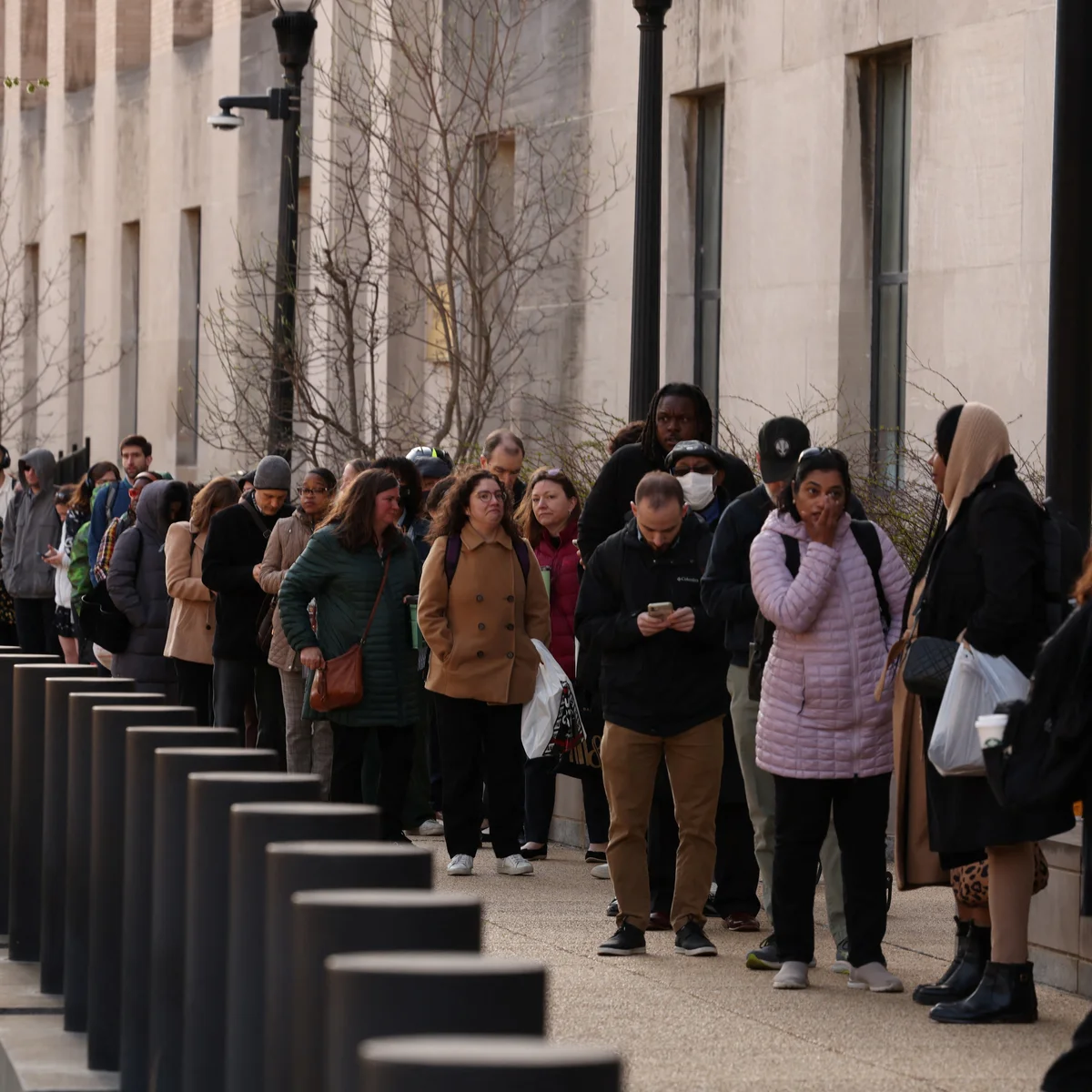

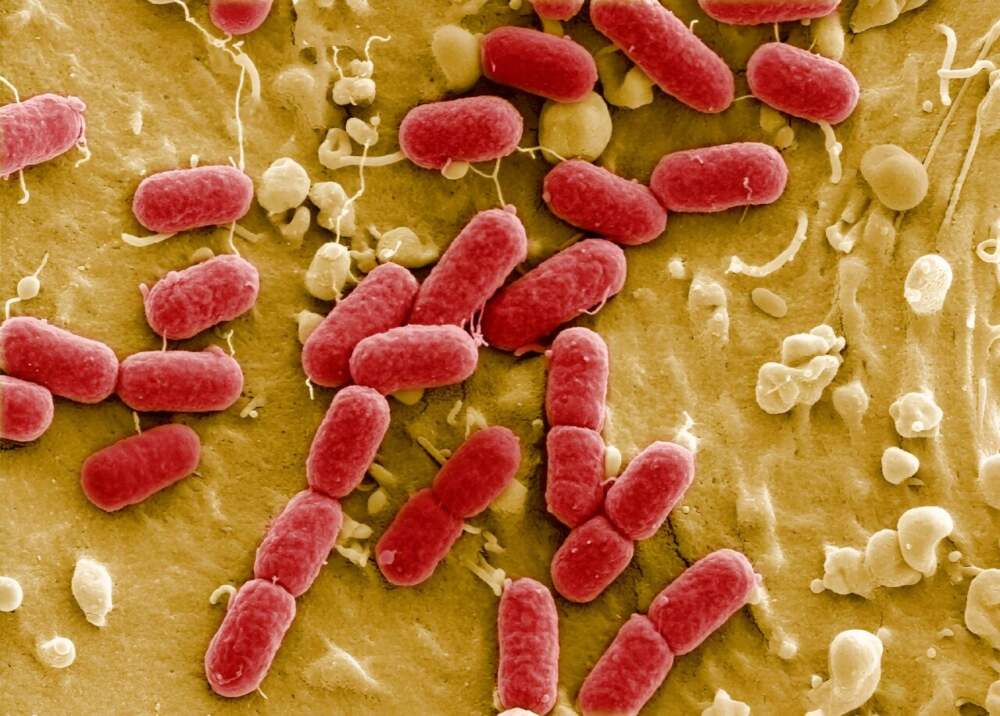
Leave a Reply